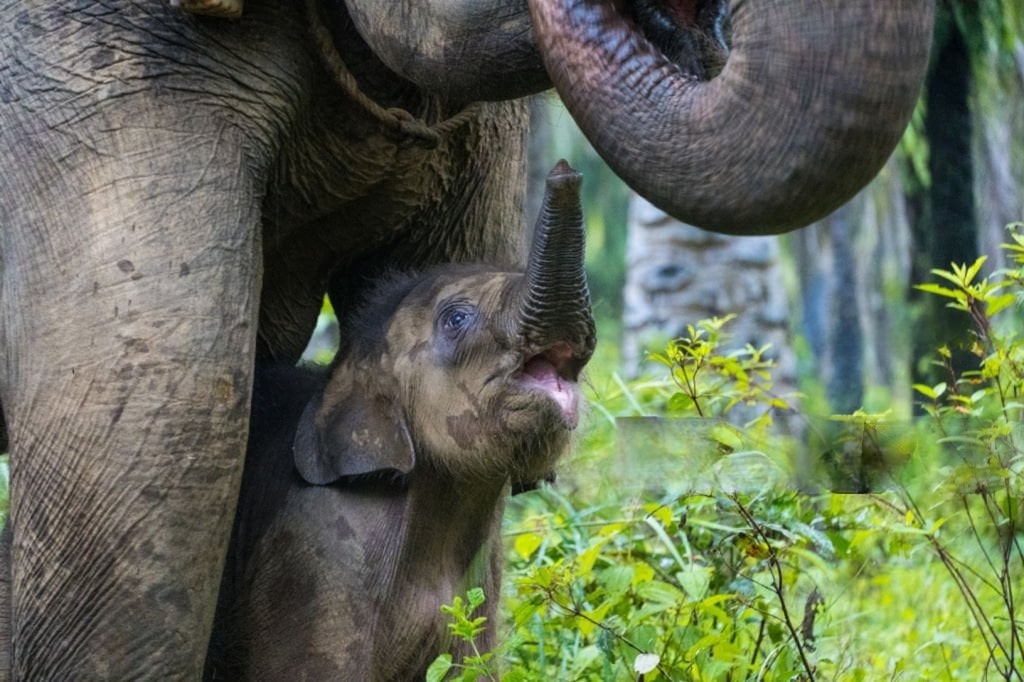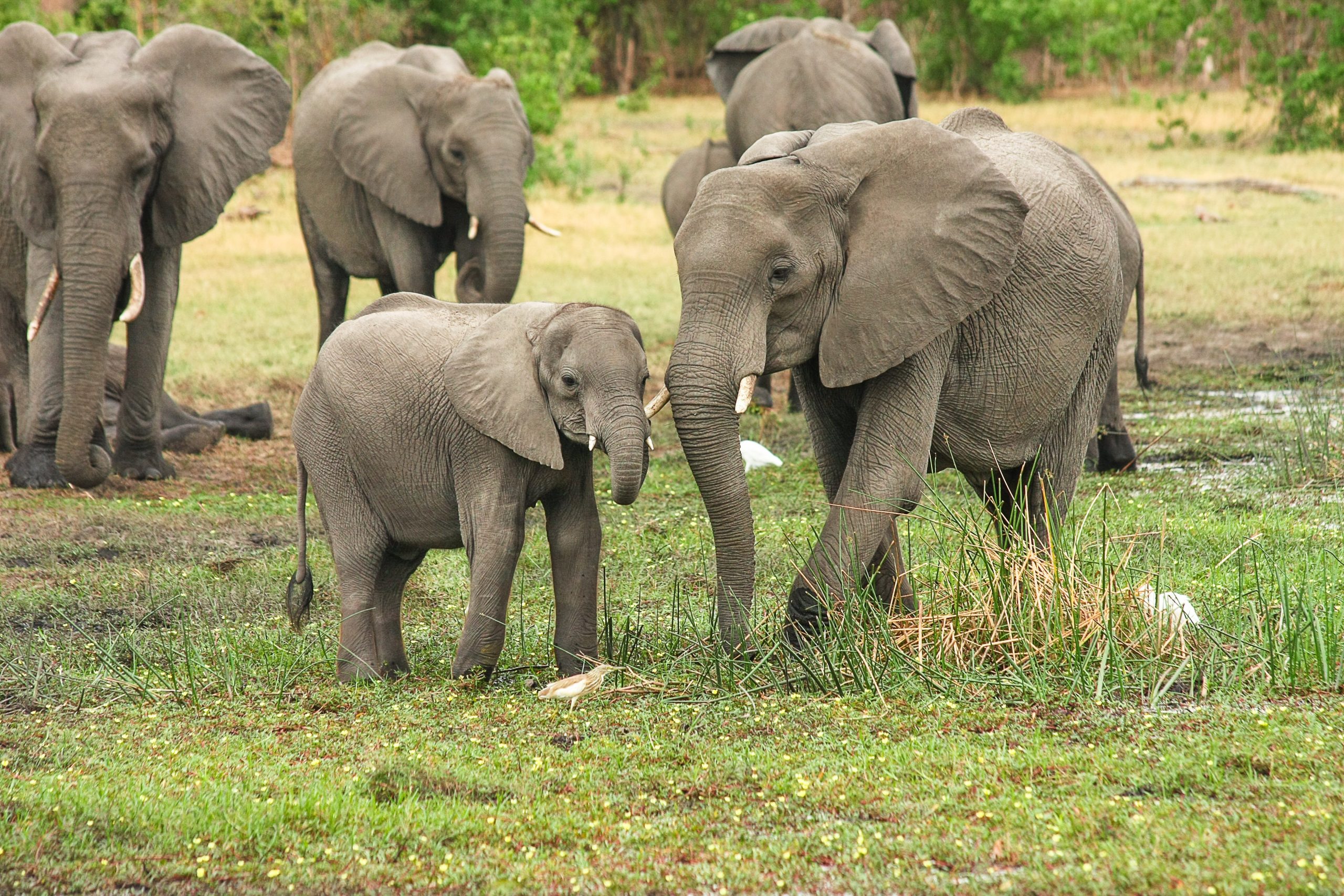The Extinction of the Sumatran Elephant: The Impact of Losing a Wildlife and Environmental Icon
From Seed Disperser to Victim
The Sumatran Elephant (Elephas maximus sumatranus) is a distinct subspecies of the Asian elephant and is central to conservation efforts in Indonesia. This iconic animal can be found in several protected areas, such as Gunung Leuser National Park in Aceh, Kerinci Seblat National Park which spans four provinces, and the Minas Elephant Training Center (PLG) in Riau. The ecological role of this elephant is vital. As a keystone species, they are the guardians of the forest ecosystem’s balance. Consuming up to 150 kg of food per day, they traverse an area of 20 km² and become effective seed dispersers through their dung. This activity encourages natural forest regeneration and maintains the level of biodiversity. Unfortunately, their lives remain constantly under threat. Conflict with humans is a recurring tragedy, triggered by the loss of the elephants’ natural habitat due to deforestation. As forests shrink, these elephants are forced to enter human settlements and damage crops, which then sparks a harsh response from the community, ranging from protests to violence against the animals. Heartbreaking data from Aceh between 2002 and 2007 recorded 68 elephant deaths. Even more sadly, 81% of these were directly caused by conflict with humans, including poaching with poison and electrocution to take their tusks. (Rainforest Action Network, 2020) This conflict also claims human lives and causes injuries, creating a tragic cycle of violence.

(Image : A baby elephant is seen raising its trunk with its mouth slightly open.)
Population and Habitat Status
The population of the Sumatran Elephant (Elephas maximus sumatranus) has been continuously declining over the last few decades. Tragically, from an estimated 4,800 individuals in 1985, their numbers plummeted by half, reaching only 2,400 – 2,800 individuals in 2007. The root cause of this drastic decline is the loss of their home. The elephants’ natural habitat, the tropical forests of Sumatra, has shrunk by up to 70% in the last quarter-century. These forests continue to be converted into agricultural land, settlements, and industrial areas. Consequently, the living space and food sources for the elephant population are increasingly restricted, which then triggers direct conflict with humans. This conflict often ends tragically. To drive away elephants considered pests, communities sometimes resort to extreme measures such as using poison or snares. Poaching remains a serious threat. This situation is not only risky for the elephants but also endangers human safety, creating a vicious cycle of violence detrimental to both sides. With a habitat that is increasingly eroded and conflict that continues to escalate, the threat of extinction for the Sumatran Elephant is no longer just a warning but an urgent reality that must be addressed. Serious and sustained efforts are absolutely necessary to save this iconic animal and ensure its future on the island of Sumatra.
Challenges and Solutions
The challenges in Sumatran elephant conservation are not only technical but also ecological and social. So far, solutions such as electric fences and concrete barriers have been relied upon to reduce human-elephant conflict. Saturi (2024) However, this approach is often counterproductive. Instead of solving the problem, these artificial structures actually narrow the elephants’ natural range of movement, trigger habitat fragmentation, and damage the ecosystems that should be protected. This fact reveals the need for a change in approach, from merely technical to one that is more holistic and equitable. What is now needed is a strategy capable of balancing human needs with the sustainability of wildlife. For this, multi-stakeholder collaboration is key. Local communities, the government, and conservation agencies must work together to design an effective conflict mitigation system, without sacrificing environmental health. Behind the technical and collaborative efforts, there is a fundamental moral message: the Sumatran elephant is not just a number in biodiversity, but a natural heritage that must be preserved for future generations. With shared awareness and real action, we can achieve harmony between humans and elephants—a vision where both can coexist in a sustainable environment.
- Rainforest Action Network. (2020, November 24). Indonesia’s Rainforests: Biodiversity and Endangered Species – Rainforest Action Network. https://www.ran.org/indonesia_s_rainforests_biodiversity_and_endangered_species/
- Saturi, S. (2024, May 27). Pagar Listrik ancam gajah, Walhi: Pemicu alih Fungsi Hutan. Mongabay.co.id. https://mongabay.co.id/2024/05/27/pagar-listrik-ancam-gajah-walhi-pemicu-alih-fungsi-hutan/
- Muamar, A. (2025, September 11). Alih Fungsi Hutan Ancam Habitat dan Populasi Gajah Sumatera. Green Network Asia – Indonesia. https://greennetwork.id/gna-knowledge-hub/alih-fungsi-hutan-ancam-habitat-dan-populasi-gajah-sumatera/#:~:text=Populasi%20gajah%20sumatera%20diperkirakan%20masih%20sekitar%204.800%20individu%20pada%20tahun%201980%2Dan%2C%20lalu%20turun%20menjadi%202.400%2D2.800%20individu%20pada%20tahun%202007

